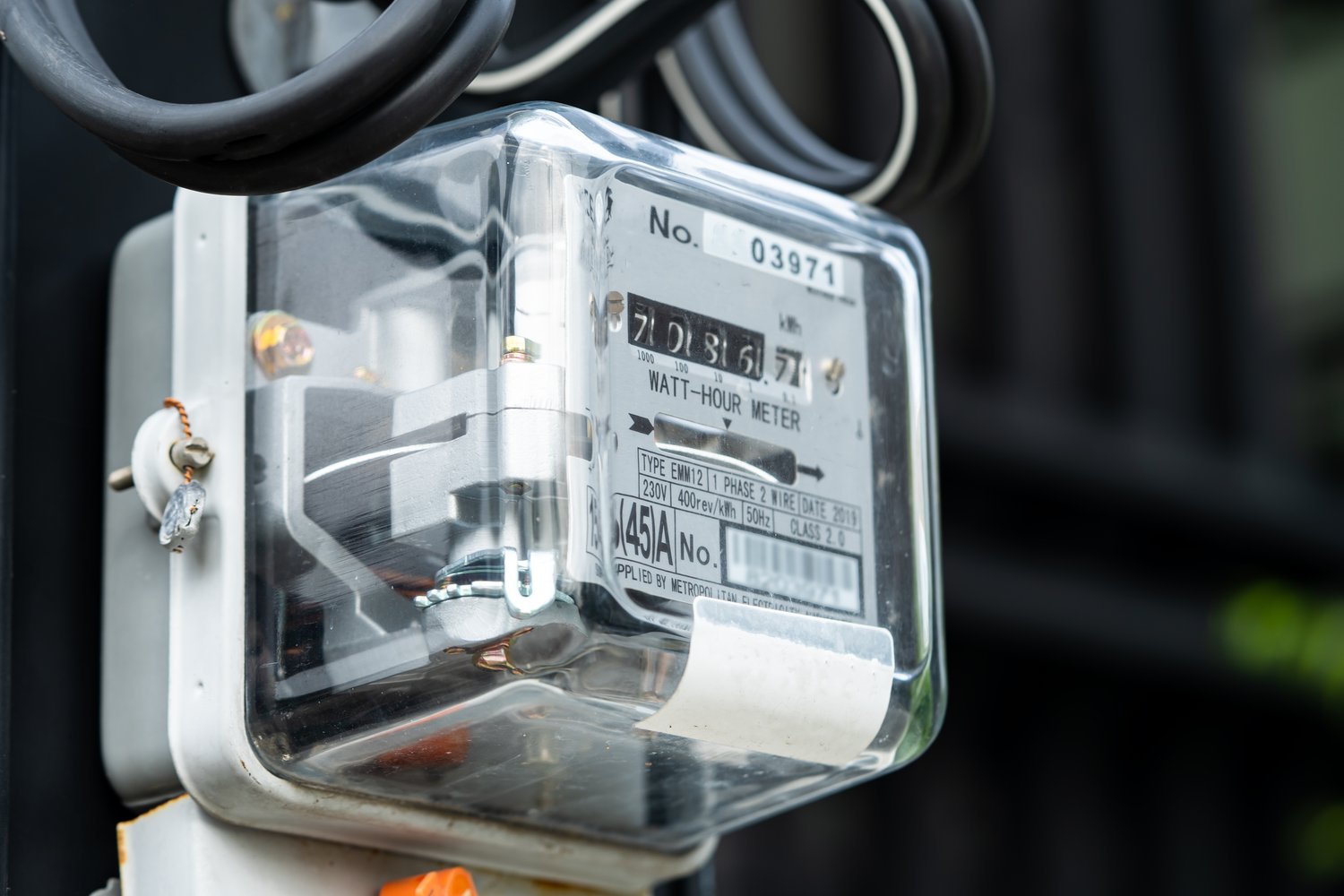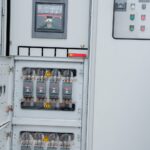Understanding energy metering basics
Energy metering is a crucial aspect of power management in both residential and commercial settings. This process involves measuring and monitoring electricity consumption to optimize usage and reduce costs. Modern energy metering systems utilize advanced technologies to provide accurate readings and real-time data. These devices can measure various electrical parameters, including voltage, current, and power factor. Implementing effective energy metering solutions can lead to significant savings, with some businesses reporting up to 30% reduction in energy costs.
The evolution of energy metering technology has brought about smarter and more efficient solutions. Traditional analog meters are being replaced by digital and smart meters, offering enhanced functionality and precision. Smart meters can communicate data directly to utility companies, eliminating the need for manual readings. This advancement has improved billing accuracy and enabled consumers to track their energy usage more effectively. Energy metering https://onninen.pl/en/products/Energetics/Energy-metering systems now integrate with building management systems, allowing for automated control of energy-consuming devices.
Choosing the right energy metering solution depends on several factors, including the size of the facility and specific monitoring requirements. For large industrial complexes, comprehensive power quality analyzers might be necessary. Smaller businesses or residential properties may find simpler energy monitors sufficient. It’s essential to consider factors such as measurement accuracy, data storage capacity, and connectivity options when selecting a metering system. Consulting with a specialist can help in determining the most suitable solution for your specific needs.
Exploring LV energy meters for low voltage applications
Low voltage (LV) energy meters are designed for use in residential, commercial, and light industrial applications. These devices typically measure electricity consumption in circuits with voltages up to 1000V. LV energy meters come in various types, including single-phase and three-phase models, catering to different installation requirements. Modern LV meters often feature LCD displays for easy reading and can measure multiple parameters such as active energy, reactive energy, and maximum demand.
The accuracy of lv energy meters https://onninen.pl/en/products/Energetics/Energy-metering/LV-energy-meters is crucial for fair billing and effective energy management. Most meters in this category comply with IEC standards, offering accuracy classes ranging from 0.5S to 2.0. Higher accuracy classes, such as 0.5S, are typically used in industrial applications where precise measurements are critical. For residential use, Class 1 or 2 meters are generally sufficient. Some advanced LV meters also incorporate power quality analysis features, helping to identify issues like voltage sags or harmonics.
Installation and maintenance of LV energy meters require careful consideration. Proper placement is essential to ensure accurate readings and compliance with safety regulations. Many modern LV meters support remote reading capabilities, reducing the need for on-site inspections. Regular calibration is necessary to maintain accuracy, with intervals typically ranging from 5 to 10 years depending on the meter type and local regulations. Some utilities now offer smart LV meters that enable two-way communication, allowing for remote configuration and firmware updates.
Importance of measuring strips in energy monitoring
Measuring strips play a vital role in energy monitoring systems, serving as interfaces between meters and electrical circuits. These devices, also known as test blocks or meter test switches, allow for safe disconnection of meters for testing or replacement without interrupting the power supply. Measuring strips typically consist of multiple terminals, each corresponding to different measurement points in the electrical system. They enable technicians to access voltage and current circuits safely and conveniently.
The design of measurning strips https://onninen.pl/en/products/Energetics/Energy-metering/Measuring-strips varies depending on the specific application and metering requirements. Some models feature built-in fuses or disconnectors for added protection. Others may include shorting bars to maintain circuit continuity when the meter is removed. The number of terminals can range from 4 to 10 or more, accommodating different metering configurations. Proper selection of measuring strips is crucial to ensure compatibility with the meter and the electrical system.
Installation of measuring strips requires careful attention to wiring and safety procedures. Each terminal must be correctly connected to the corresponding circuit point to ensure accurate measurements. Regular inspection and maintenance of measuring strips are essential to prevent loose connections or corrosion that could affect meter readings. In some cases, measuring strips may include features like sealing points to prevent unauthorized access, enhancing the security of the metering system. When upgrading or replacing meters, it’s often advisable to review the condition of existing measuring strips and consider replacing them if necessary.
Best practices for implementing energy metering systems
Implementing an effective energy metering system requires careful planning and execution. Start by conducting a comprehensive energy audit to identify key measurement points and determine the required metering granularity. This process typically involves mapping out all significant energy-consuming equipment and processes. Consider future expansion plans when designing the system to ensure scalability. It’s often beneficial to implement a pilot project before full-scale deployment, allowing for fine-tuning of the metering strategy.
Data management is a critical aspect of energy metering systems. Choose software solutions that can effectively collect, store, and analyze the vast amount of data generated by meters. Many modern systems offer cloud-based platforms, providing easy access to energy consumption data from multiple locations. Ensure that the chosen software can generate meaningful reports and visualizations to aid in decision-making. Training staff on how to interpret and act on the data is crucial for maximizing the benefits of the metering system.
Regular maintenance and calibration of energy metering equipment are essential for long-term accuracy and reliability. Develop a maintenance schedule that includes periodic inspections, cleaning, and recalibration of meters and associated equipment. Keep detailed records of all maintenance activities and meter readings to track performance over time. Consider implementing remote monitoring capabilities to quickly identify and address any issues with the metering system. By following these best practices, organizations can ensure their energy metering systems provide accurate, actionable data for effective energy management.





